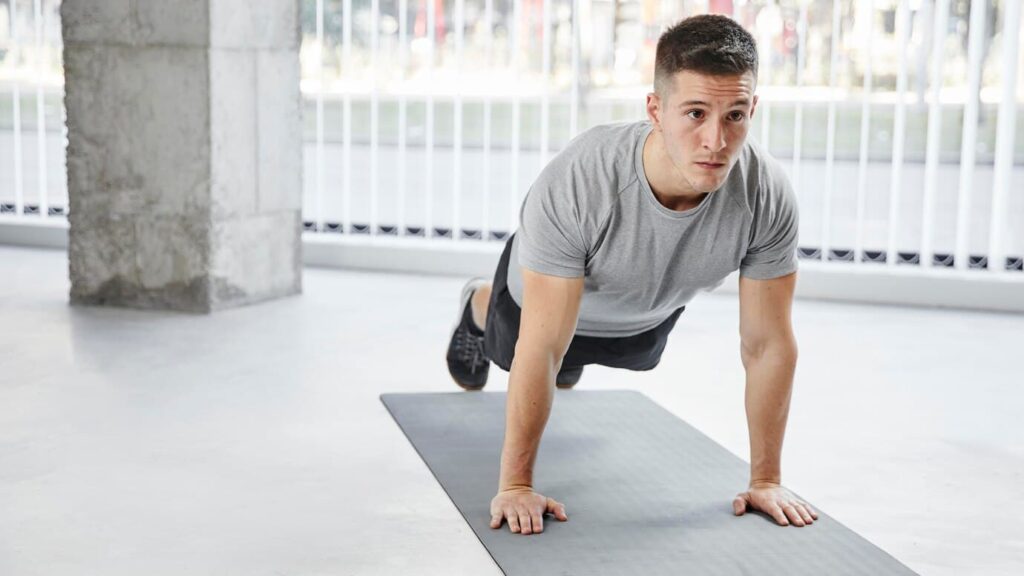Golf may appear to be a leisurely sport, but anyone who’s spent time on the green knows it requires a great deal of physical conditioning. Maintaining flexibility and strength is critical for consistency, injury prevention, and improving your overall performance. In this article, we’ll explore a variety of exercises designed to enhance your golf game by focusing on the key areas of flexibility and strength.
Why Fitness Matters for Golfers
Before diving into specific exercises, it’s important to understand why physical fitness is so vital for golfers. Unlike many sports that focus primarily on cardiovascular endurance or upper-body power, golf demands a combination of balance, rotational flexibility, core strength, and endurance. If you’re serious about improving your golf game or even just avoiding injury, regular conditioning is a must.
The golf swing is a complex motion, requiring your muscles to work together in harmony. Weakness or stiffness in any part of the body, from your shoulders to your hips, can compromise your swing. For example, poor flexibility might prevent you from achieving a full backswing, while insufficient core strength could lead to a loss of power during your downswing. This is why targeted fitness routines are essential for optimal performance.
Flexibility Exercises to Improve Your Golf Swing
Flexibility is key to maintaining the wide range of motion needed for an effective golf swing. Stiff joints or tight muscles can significantly impact your accuracy and distance. Below are some exercises that will help improve your flexibility, giving you a smoother and more controlled swing.
Hip Flexor Stretches
Hip flexibility plays a crucial role in your ability to rotate through your swing. Tight hip flexors can lead to compensations elsewhere in your body, which may affect your posture and swing mechanics.
- How to perform: Kneel on one knee with your other foot planted forward, forming a 90-degree angle with your knee. Push your hips gently forward while keeping your back straight. Hold this position for 30 seconds, then switch sides.
Spinal Twists
Your spine’s ability to rotate is directly related to your swing’s fluidity. A stiff spine can severely limit your rotation, leading to inefficient power transfer and a restricted backswing.
- How to perform: Sit on the floor with your legs extended straight in front of you. Cross one leg over the other and place your foot flat on the floor. Twist your torso toward the crossed leg, using your opposite elbow to push against the outside of the knee. Hold for 20-30 seconds and repeat on the other side.
Shoulder Stretches
Golfers frequently experience shoulder tightness, especially if they’re not mindful of maintaining flexibility. Over time, this can result in poor control and an inconsistent swing.
- How to perform: Stand up straight, bring one arm across your chest, and hold it with the opposite arm, stretching your shoulder gently. Hold for 30 seconds, then switch arms.
Strengthening Exercises for Golf Power
While flexibility keeps your body fluid, strength gives you the power and stability you need to drive the ball further and more accurately. Key areas for strength conditioning include the core, legs, and shoulders, as these are critical for producing a powerful and controlled swing.
Planks for Core Strength

The core is your body’s powerhouse, and a strong core can help you generate more power during your swing while also protecting your lower back from injury.
- How to perform: Start in a push-up position but rest your weight on your forearms instead of your hands. Keep your body in a straight line from head to heels, engaging your core muscles. Hold this position for 30-60 seconds.
Squats for Leg Strength
A strong lower body gives you the stability and balance needed during your swing, especially as you transition your weight from the backswing to the follow-through.
- How to perform: Stand with your feet shoulder-width apart, toes slightly pointed outward. Lower your body by bending your knees and hips as if you’re sitting back into a chair. Keep your chest lifted and back straight. Rise back up and repeat for 10-15 reps.
Dumbbell Rows for Upper-Body Power
A powerful upper body is essential for generating clubhead speed. Strengthening your back and shoulders helps maintain control during the swing.
- How to perform: Hold a dumbbell in each hand, bend at your hips and knees while keeping your back flat. Pull the dumbbells towards your waist, squeezing your shoulder blades together, then lower them back down. Aim for 10-12 reps per set.
Balance and Stability Training
In addition to flexibility and strength, balance is often overlooked but crucial for a consistent golf swing. Instability during your swing can cause mishits and inconsistent ball striking. Exercises that improve your balance will help ensure you stay stable, even through the most powerful swings.
Single-Leg Deadlifts
This exercise is excellent for developing balance and strengthening your hamstrings and glutes.
- How to perform: Stand on one leg and slowly hinge at the hips, lowering your torso toward the floor while extending your other leg straight behind you. Keep your standing leg slightly bent. Return to the starting position and repeat for 10 reps, then switch legs.
Balance Board Drills
Using a balance board can significantly improve your stability and weight transfer, two key components of a smooth golf swing.
- How to perform: Stand on a balance board and practice maintaining your stability for 30-60 seconds. As you get more comfortable, you can try small weight shifts, mimicking the weight transfer that happens during your swing.
By incorporating these exercises into your routine, you’ll see improvements in your golf swing, greater consistency, and reduced risk of injury. A combination of flexibility, strength, and balance is the formula for a successful golf game, no matter your level of experience.
Final Thoughts
Staying fit for golf doesn’t require hours in the gym or complicated routines. With the right combination of stretching, strengthening, and balance exercises, you can maintain optimal performance on the course. The key is consistency – incorporate these exercises into your weekly routine, and you’ll soon notice a marked improvement in your game.

